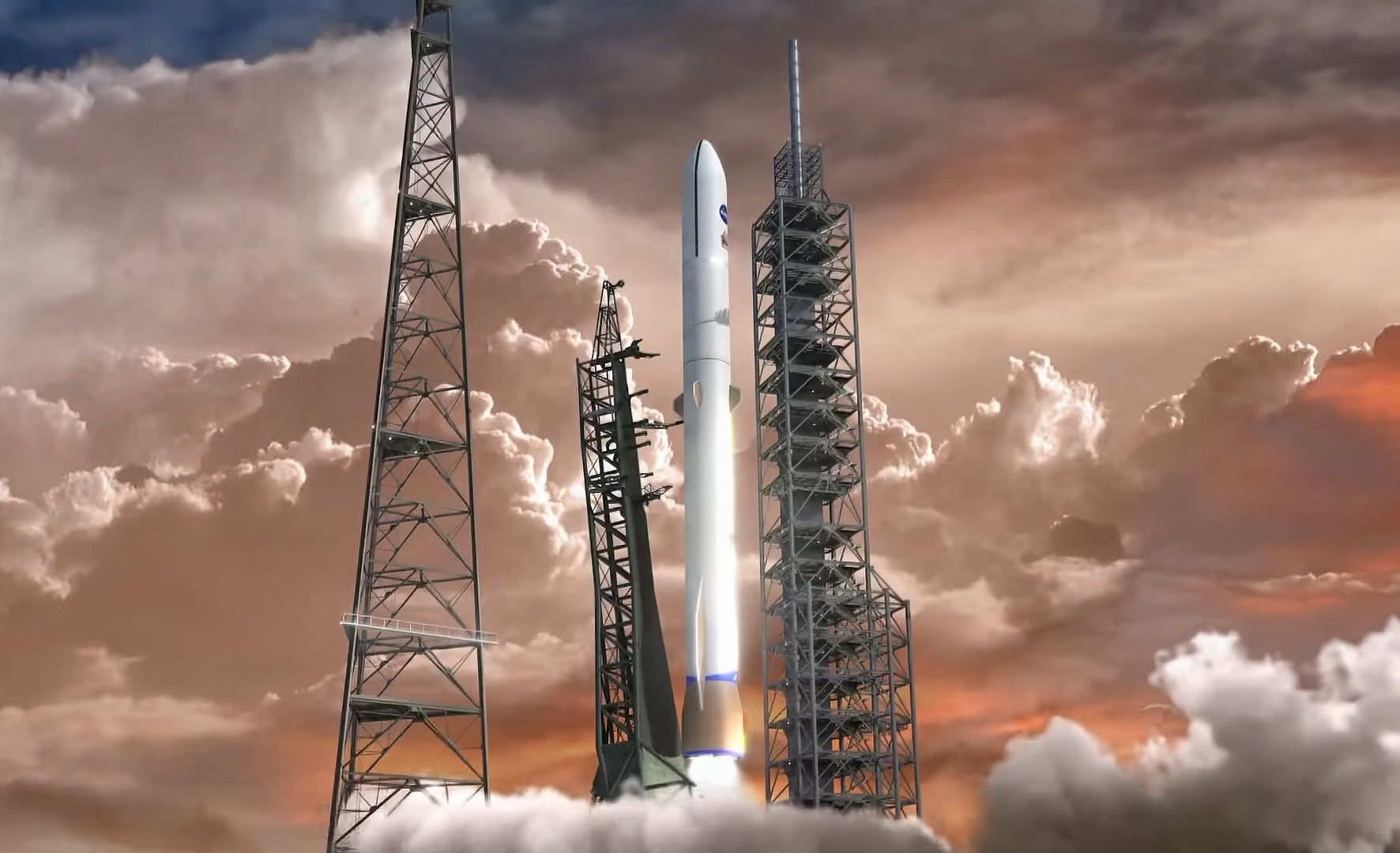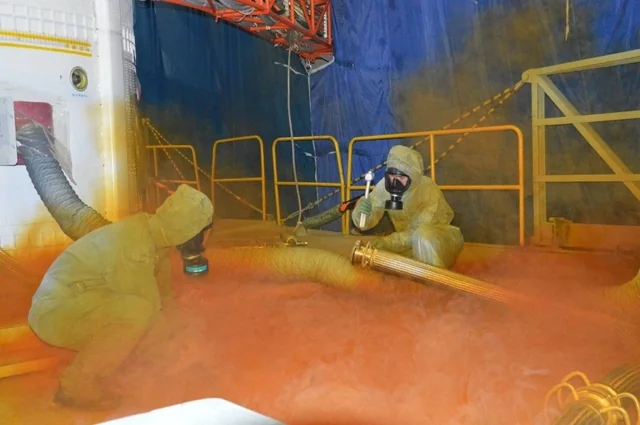Slow is smooth, and smooth is fast—
The inaugural launch of Blue Origin’s New Glenn rocket being the one to carry twin NASA probes to Mars, is not to be. Friday afternoon, NASA announced on their blog plans to forego the fueling of their two EscaAPDE spacecraft as well as the upcoming October 13-21, 2024 launch window.
Blue Origin will instead fly the twin spacecraft toward their Martian intercept as early as next year, with the first possible launch occurring in “spring 2025.”
The ground-side launch delay won’t be the only thing that pushes out arrival of EscaPADE at its final, nominal science orbit. NASA didn’t specify, but transit time between Earth and Mars will likely also be pushed out, as Earth and Mars will be in much different locations around the Sun.
With an October launch, the spacecraft would take 11 months to reach an initial orbit and “roughly 7 months” more to adjust into a final, nominal science orbit. (according to the mission objectives)

NASA mentions in their blog this decision was made, in combination with Blue Origin and multiple other government entities who oversee the safety and operations of flights like this, “to avoid significant cost, schedule, and technical challenges associated with potentially removing fuel from the spacecraft in the event of a launch delay, which could be caused by a number of factors.”
Blue Origin pointed out in their announcement on Twitter that the second flight of New Glenn would be moved forward, and in doing so, the maiden flight delayed to November. Without confirming it specifically, this maiden flight in November will likely using the first stage, second stage, and payload fairings that EscaPADE freed up.
Blue Origin is working toward certifying New Glenn for National Security Space Launch, the U.S. Space Force and National Reconnaissance Office’s program to assure reliable, regular, and affordable access to space for the Department of Defense and other government payloads.
Trevor’s take
If NASA / Blue Origin were to launch these spacecraft in mid-October, fueling operations would need to begin here shortly. Usually these things take a few weeks and as part of these complex missions, multiple meetings along the way review preparedness from all parties. Analyzing readiness on the Blue Origin side, NASA likely saw a significant, or significant enough, potential for launch to occur outside of the planned October 13-21 window and made the decision to avoid the complexities of both loading and unloading fuel from the two Mars spacecraft.
EscaPADE uses very toxic hypergolic propellants (the two standard culprits: monomethyl hydrazine and monoxides of nitrogen) to move itself around in space with the main engine. These fuels are no joke and demand incredible care when handling, transporting, and transferring them to spacecraft on the ground. They are half-jokingly but very-much-not-jokingly referred to as the ‘forbidden orange cloud.’
Having all the pieces of the puzzle fall into place in just the right way for new rockets and mission types to get off the ground, remains quite the challenge in spaceflight. Regulator approval, engineering, weather, among many other things, push out the timeline.
Ultimately, scrubs are better than RUDs, as the saying goes. You’d rather be on the ground wishing you were flying, than flying wishing you were on the ground.
Relativity’s Terran 1 (the first methalox, 3D-printed rocket in the West to reach space), NASA’s Space Launch System (the first all-up NASA launch since the Shuttle), and even Polaris Dawn (the first all-civilian spacewalk mission, taking humans to the farthest orbits from Earth since Apollo went to the Moon in the 1960s and early 1970s) are all notable examples where it requires a massive number of pieces to fall into place and significant delays have occurred in the chase of these first feats.
Given New Glenn’s schedule and Blue Origin’s current readiness, it makes sense to postpone the launch of these two crucial NASA spacecraft until each of these puzzle pieces is ready.
This is not to say, though, that Blue Origin is not making progress in these efforts.



Photos: Trevor Mahlmann
Blue has been assembling each of these puzzle pieces, and earlier this week towed their landing platform vessel ‘Jacklyn’ into Port Canaveral for the first time. This month, they’ll hotfire the second stage of New Glenn at their Cape Canaveral launch pad. Likely next month, New Glenn will be assembled in the hangar and rolled out for additional final checks, before a November maiden flight.
These Martian probes will give us a better understanding of the processes controlling the structure of Mars’ magnetosphere, how the planet sputters ions off into space, and the multitude of ways in which it interacts overall with the solar wind streaming by.
This delay, though, doesn’t come at no cost. We must wait to learn more of Mars’ secrets. But understanding the larger picture, and given historical precedent: big endeavors (and rockets) often take a little more patience than normal.
After all, Blue Origin’s mission is “Graditim Ferociter“, which translates to “step by step, ferociously.”
Progress, not perfection.
Look forward to capturing New Glenn flying in November and these martian probes beginning their journey, now, next year.
Featured image by NASA Goddard
Leave your email below to keep up-to-date with the latest in spaceflight! (A few emails a month, max.)



